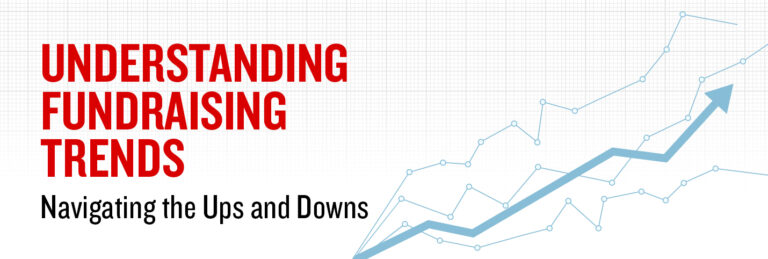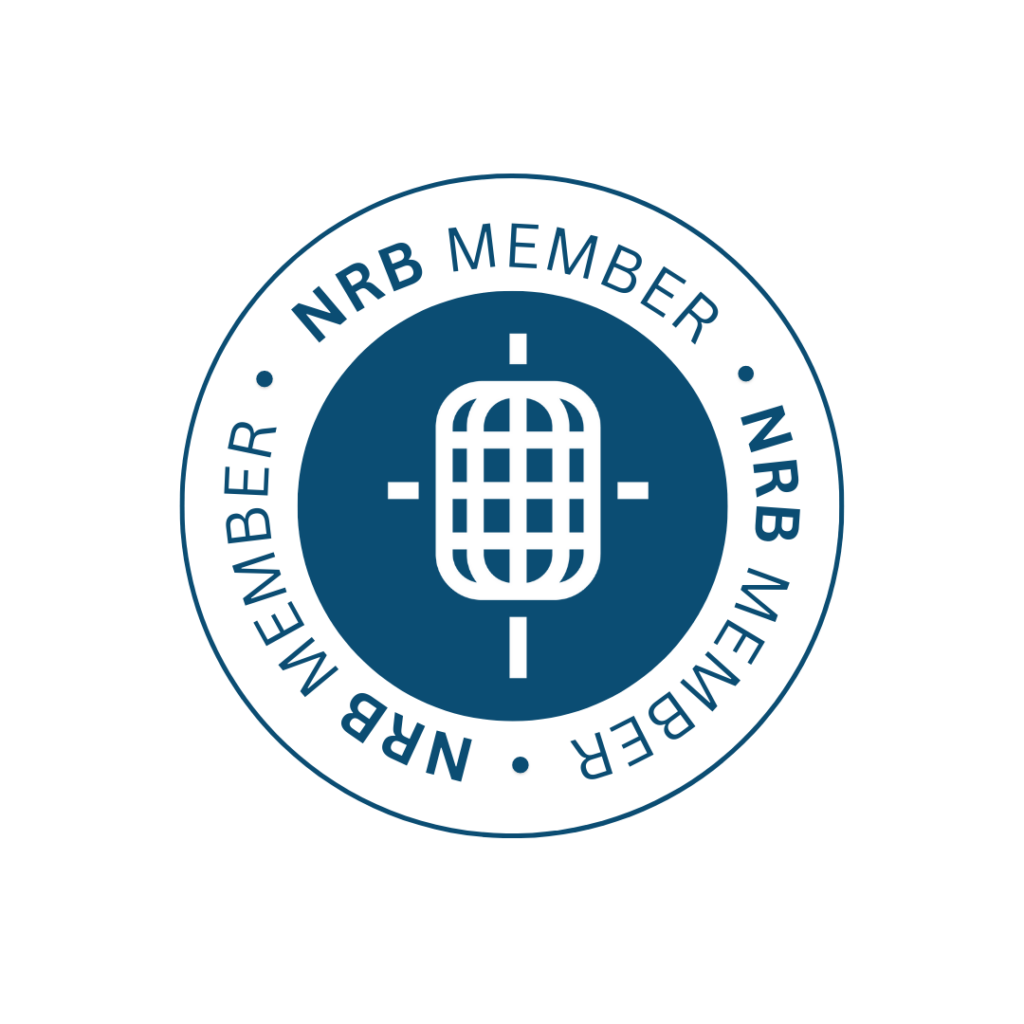The Paralyzing Effect of Choice
I’m a huge fan of all things food related. One of my favorites is the always irreverent Gordon Ramsay and his Kitchen Nightmares. That’s where he usually comes in and hates the food and looks at a menu that has hundreds of choices and spends the next week trying to fix the place.
One of the first places he starts is with the menu as he hacks it back to usually a single page of offerings – a couple of appetizers, a couple of entrees and a couple of desserts. Why does he do that? After all isn’t it better to have more choices?
Whether he knows the psychology behind it or not, he knows from experience that too many choices paralyze the diner and they end up spending less than they would with fewer choices.
The same is true for direct response marketing in general and fundraising specifically. Choice actually depresses response. When you try to give the reader a choice between two alternatives to give to, the prospective donor chooses not to do anything.
In short the psychology behind providing fewer choices is that the more choices available the more likely a person is to believe that they “could have done better” and thereby end up disappointed with their choice. Psychologist Barry Schwartz has written about this in his book: The Paradox of Choice: Why More is Less.
Here’s what his research has found. Too many choices leads to:
- Regret and anticipated regret
- Rising opportunity costs
- An escalation of expectations
- Increased self-blame
This isn’t just something for academics to debate. I’ve seen this time and again in the results of projects that have underperformed expectations. You can’t go wrong with a strongly constructed offer and a well-written letter that asks the donors to do one thing.
So the next time you’re tempted to give the donor some choices in their support, remember what Barry Schwartz says: “With so many options to choose from, people find it very difficult to choose at all.”
Related articles
-
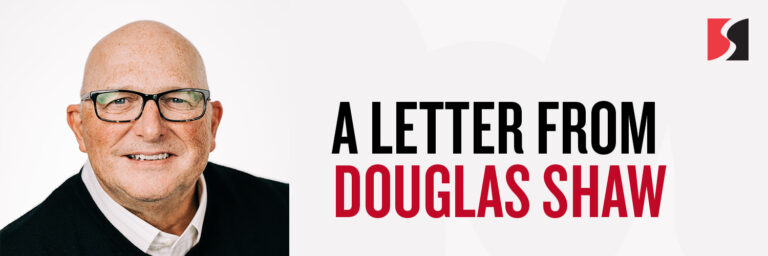
What to Think of Artificial Intelligence and Its Impact on Fundraising . . .
In trying to summon an image to represent our theme for this issue of Donor Focus, I found myself drawn…
-

Fundraising Meets Artificial Intelligence
In this article, we’ll explore the captivating realm of AI-powered fundraising efforts—the boundless benefits and intriguing challenges that arise when…


